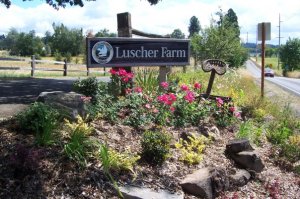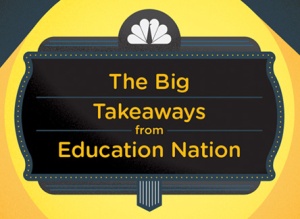The American Academy of Pediatrics (AAP) has released a new report which concludes that there is “no evidence that organic foods provide nutritional benefits that children cannot get from conventionally grown foods”. The report does acknowledge that organic foods have lower pesticide levels, but parents should ensure that their children are getting a healthy diet, organic or not.
While it is understandable that parents have to consider the cost of foods and that many organic foods typically cost 10% to 40% more than conventional foods, there are some other alternatives to getting wholesome fruits and vegetables. The first of these is to buy fruits and vegetables from local farmers. These products are readily at hand and do not have to travel long distances to get to market, thereby reducing their carbon footprint and not requiring harmful preservatives. Secondly, most farmers markets have rules for participants enacted by state legislatures to control the runoff of pesticides and fertilizers into lakes and rivers.
Interestingly, I see another issue here that concerns acceptable farming practices. Despite the long history of farming and gardening in America, which predates industrialization and the growth of mega-businesses and regionally located supermarket chains, we have come to the point where “conventional” defines the manipulated and engineered products as oppose to the natural products, which now are made to be the exception. Moreover, although we know that pesticides and fertilizers are chemicals, and specifically that the purpose of pesticides is “to kill or destroy” things, we choose to debate the level of destruction our bodies can “safely” tolerate. I find it disappointing that so many people are willing to relinquish control over their bodies and their children’s health based on the levels of tolerable damage possible for the sake of convenience and cost. This is making our health through good nutrition a crap shoot.
I know that it may not be possible to only buy organic fruits and vegetables, but we do not have to totally throw caution to the wind. Maybe buy organic berries because they are easier to clean for consumption. Another alternative is to only buy the organic versions of the products that our families consume in large supply. Also, please do not forget the local farm stands and farmers markets.
The effort to maintain a healthy diet can become difficult if you let it. However, with the use of some research from green initiatives and a little common sense, it is possible to have a healthy diet and save money. Let’s stick with the green movement to make sure we live green, be green!
The source for this article came from http://pediatrics.aappublications.org/content/early/2012/10/15/peds.2012-2579.






